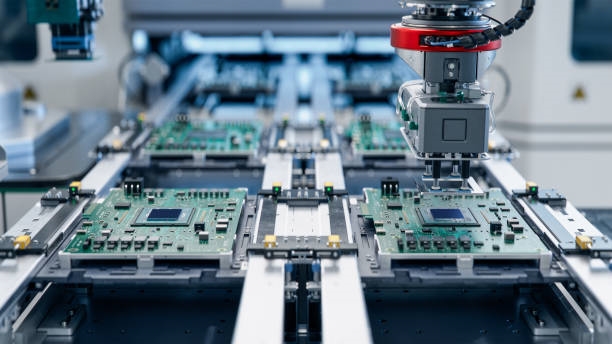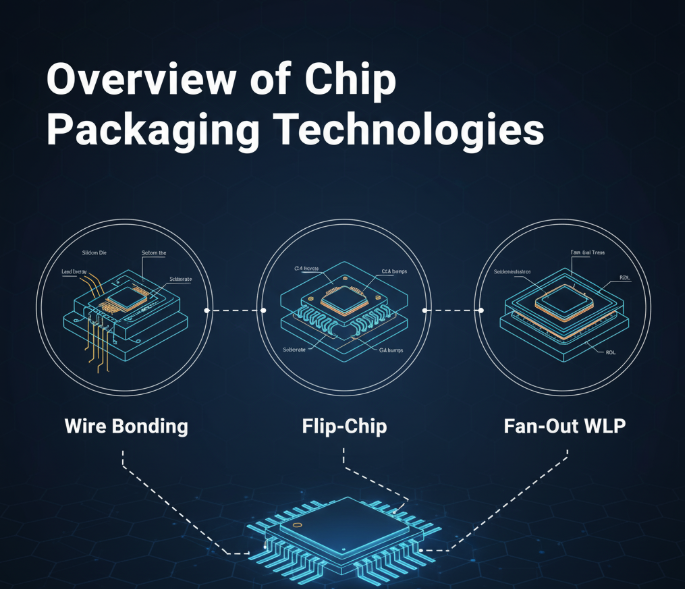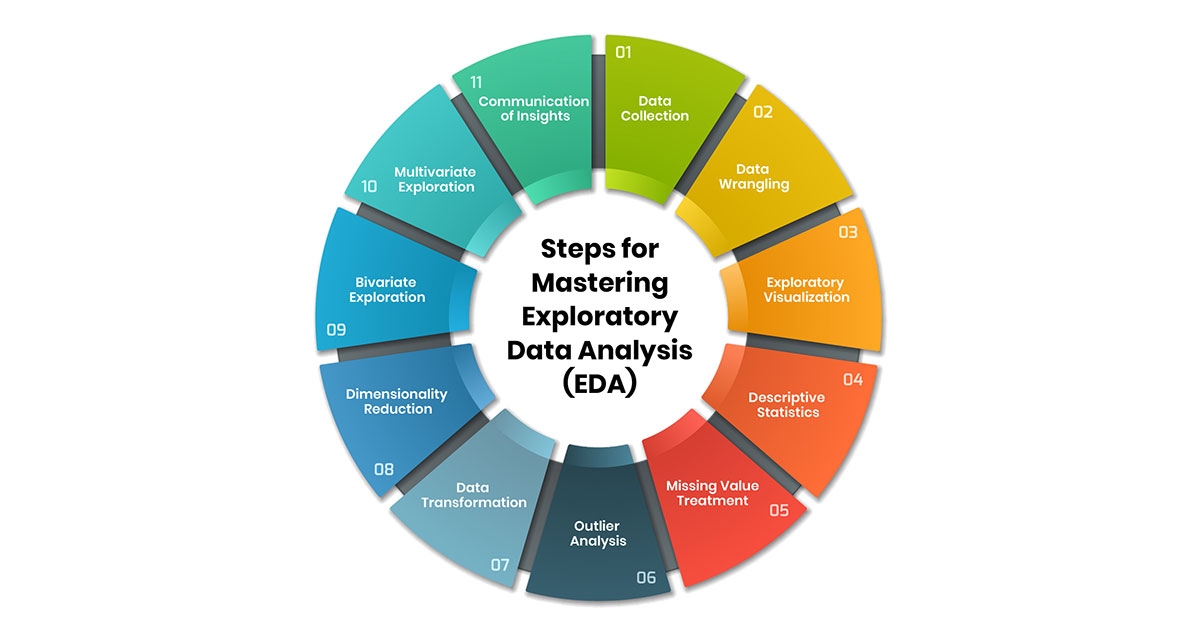IC packaging is critical in chip production, protecting the chip, providing structural support, and enabling electrical connections to external circuits. Without packaging, chips are vulnerable to corrosion from airborne impurities, which can degrade performance or cause failure. Packaging connects chip contacts to external pins via wires, linking to printed circuit boards (PCBs) and other devices. Material choices and manufacturing processes significantly impact chip quality, with plastic being the dominant material, alongside ceramics, glass, and metals. Common packaging types include DIP, SOP, COB, and BGA, each balancing pin count increases with smaller chip-to-package area ratios.
1. Dual In-line Package (DIP)
DIP is widely used for small- to medium-scale integrated circuits with pin counts typically below 100. It features two rows of pins, inserted into a DIP socket or soldered directly onto a circuit board.
Features: Simple, cost-effective, with straightforward pin insertion.
Uses: Common in traditional microcontrollers, such as the 8051, and other low-to-medium complexity ICs.
2. Small Outline Package (SOP)
SOP, a surface-mount package, is versatile and has evolved into variants like TSOP, SSOP, TSSOP, and SOIC, playing a significant role in integrated circuits.
Features: Compact, suitable for surface-mount technology, supports higher pin densities than DIP.
Uses: Widely used in consumer electronics, microcontrollers, and memory chips due to its adaptability and size efficiency.
3. Chip on Board (COB)
COB involves mounting a bare chip onto a substrate using conductive or non-conductive adhesive, with wire bonding for electrical connections.
Features: Cost-effective, compact, eliminates traditional packaging layers.
Uses: Common in LED products, sensors, and low-cost consumer electronics where size and cost are priorities.
4. Ball Grid Array (BGA)
BGA features an array of spherical or columnar solder balls on the package¡¯s underside, allowing high pin counts without reducing pin spacing.
Features: High I/O density, larger pin spacing for reliability, but challenging for manual soldering or testing.
Uses: Predominantly used in memory chips, processors, and high-performance ICs requiring dense interconnections.
Conclusion
DIP, SOP, COB, and BGA each offer unique advantages in chip packaging, addressing varying needs for pin count, size, cost, and application. Selecting the appropriate packaging type is crucial for optimizing chip performance, reliability, and integration in electronic systems.
 ALLPCB
ALLPCB







